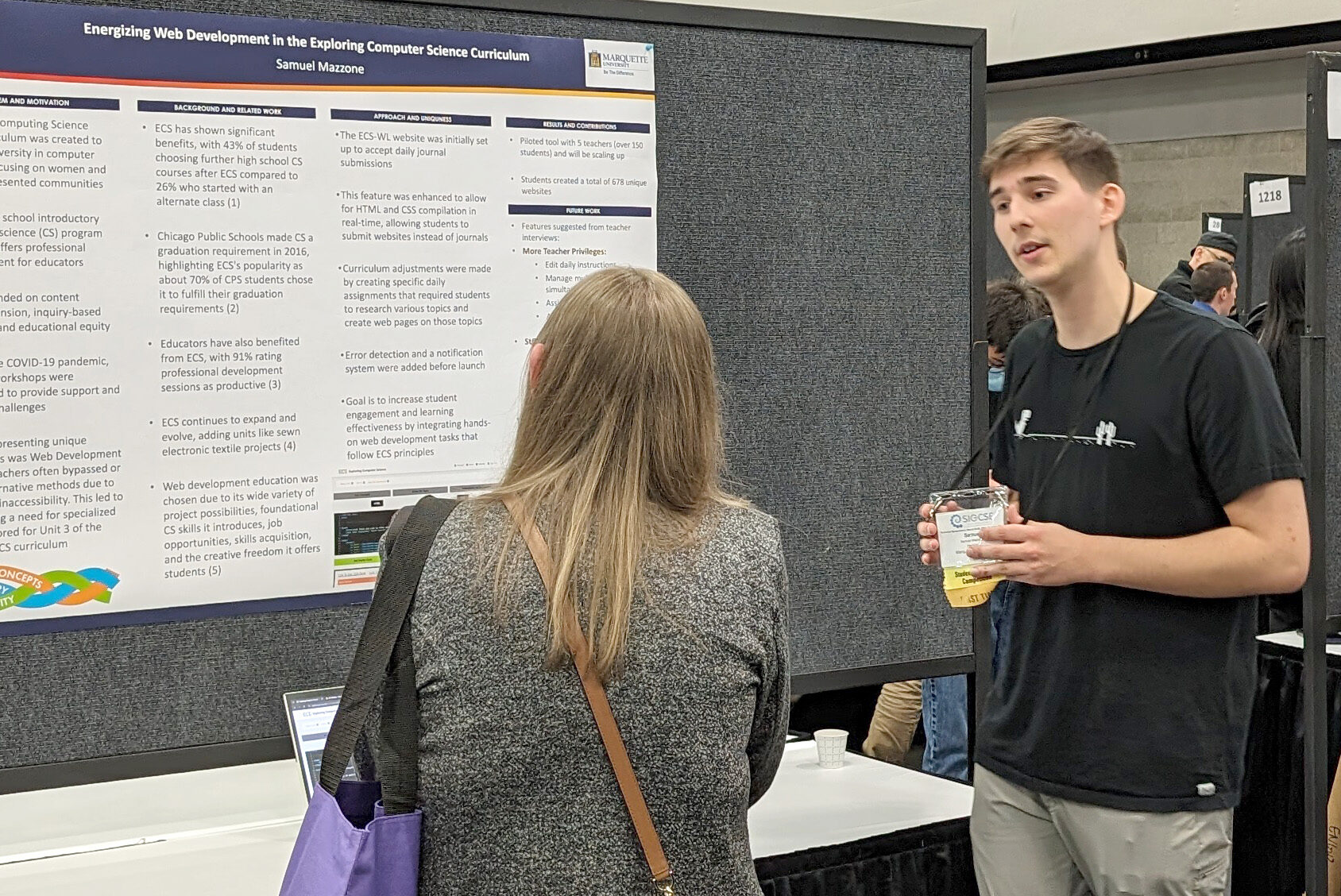In 2024, six breweries from Minnesota stood out in the world of beer by...
On April 25, 2024, several notable individuals passed away. Lois Irene (Bastian) Barton, aged...
In the summer of 2024, Toronto will be visited by Foffy’s Wonderland, a unique...
Washington Commanders franchise legend Darrell Green will be honored with the retirement of his...
At the recent Association for Computing Machinery SIGCSE Technical Symposium on Computer Science Education...
Elizabeth Wilkins is set to become a senior fellow at the American Economic Liberties...
In January-March 2024, the US economy experienced its slowest growth in two years, with...
In 2008, a Middle Eastern owner purchased the sprawling estate, which spans 100 rooms...
In a recent development, GlaxoSmithKline (GSK) has filed a lawsuit against Pfizer and BioNTech...
Treasury Secretary Janet Yellen stated that the U.S. economy is still performing well, despite...








